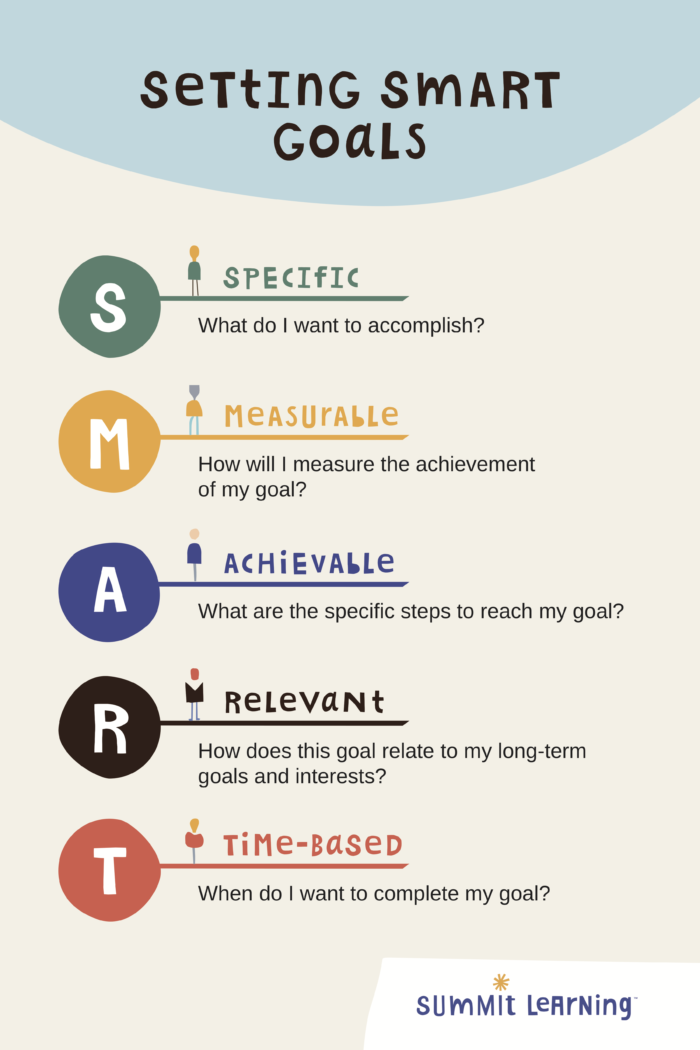
Last fall, I attended the National Convening for Personalized Learning, a conference for educators and administrators looking for strategies to improve education. The keynote speaker was Rebekah Kowalski, Vice President of Client Workforce Solutions at ManpowerGroup.
In her speech, she posed that the number one quality employers look for in potential employees is learnability — a person’s ability and motivation to adapt and grow with change.
I continuously nodded my head throughout her talk, as I knew she was on point. I’ve taught English to 7th graders at Kettle Moraine Middle School in Wisconsin for for the last 10 years. There are times I sit back and think, “Will only teaching these students how to identify alliteration allow them to succeed? What will truly matter 20 years from now?”
As I listened to Rebekah, frustration grew inside of me. How could I teach learnability?
A year later, I completed my first Summit Learning Summer Regional Training, part of the Summit Learning Program’s professional development for educators. Understanding this approach and how to deploy it in my classroom gave me the answer I was looking for.
Introducing Habits of Success
Summer Training was the first time I was fully introduced to this personalized approach to teaching and learning.
The real magic of the Summit Learning approach is the integration of Habits of Success. One of the three Summit Learning outcomes, Habits of Success are the mindsets and behaviors that enable students to be successful at both academic and non-academic pursuits. These include the skills to become a self-directed learner. Habits of Success are woven into the content and throughout the school day.
During Summer Training, I was introduced to a great way to reinforce these habits: SMART goals, or goals students set for themselves based on the desired outcome of their work and their teacher’s feedback.

I have always given students feedback on their work. Most of the time, I hand back their papers; they read my comments and nod; and the paper is thrown away. The nuggets of wisdom I have given them aren’t applied, and I wonder why I bothered writing such insightful advice on how they can improve their writing.
With Summit Learning, after an assessment or check-in of the student’s understanding of a topic, the teacher provides specific feedback, based on where the student is in their learning. Students are given time to read and internalize the feedback.
Then, students write a goal to improve their work based on that feedback. As soon as they are finished setting a goal, they take action. For some students, this may mean participating in a teacher-led workshop to relearn material, while for others it might mean working independently to improve the quality of their work, integrating criteria from the next level up on the Cognitive Skills Rubric.
I’m excited to implement SMART goal-setting in my classroom this year. I’ll assess students’ work using the Cognitive Skills Rubric provided by Summit Learning. By highlighting specific strengths and areas for growth, my students will have the language and direction to write their SMART goals, which they’ll use to drive their learning.
Setting Students Up For Success
Imagine this lesson applied in one of my student’s lives 20 years from now: Their boss gives them feedback, they think about it, they internalize it, they make a goal to improve, and they actually make the improvement. Promotion, anyone?
This is learnability, what I’ve struggled to teach in my classroom for too long. As a Summit Learning teacher, I hope to give students the tools to help them be successful in their futures, and I am excited to bring this magic to my classroom throughout the 2018-19 school year.
Learn more about how the three Summit Learning outcomes of Cognitive Skills, Content Knowledge and Habits of Success are preparing students for the rest of their lives on the Summit Learning Blog.

